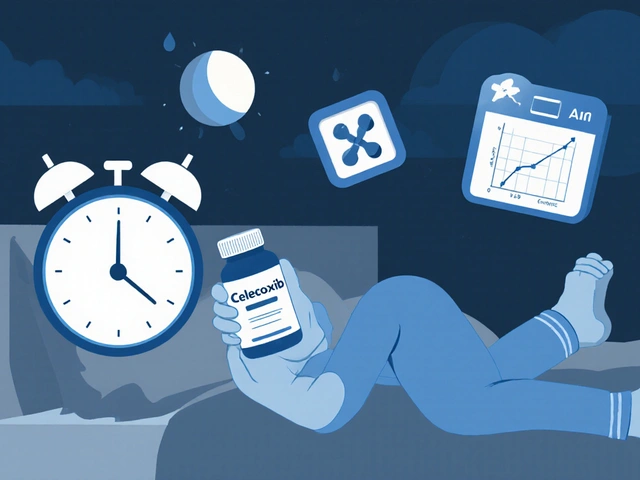Pioglitazone: What It Is, How It Works, and the Latest Articles
If you’ve been Googling "pioglitazone" you probably want to know whether this drug is right for you or someone you care about. In plain terms, pioglitazone belongs to the thiazolidinedione (TZD) class and is used to lower blood sugar in type 2 diabetes. It helps your body use insulin more efficiently by making muscle and fat cells more sensitive to the hormone.
Doctors usually prescribe it when diet, exercise, and first‑line meds like metformin aren’t enough. It comes as a tablet you take once a day, with or without food. The dose starts low and may be increased based on your blood‑glucose readings and how well you tolerate it.
Quick Guide to Pioglitazone
How it works: It activates PPAR‑γ receptors, which tweak gene expression to improve insulin sensitivity. The result is lower fasting glucose and better overall control.
Typical dose: 15‑45 mg daily. Your doctor will pick the exact amount after checking your liver function and other health factors.
Common side effects: mild weight gain, fluid retention, and occasional swelling in the ankles. Most people notice these early on and can manage them with diet tweaks and monitoring.
Serious risks: rare cases of heart failure, liver injury, or bladder cancer have been reported. If you develop shortness of breath, rapid weight gain, or blood in urine, call your doctor right away.
Who should avoid it: people with active liver disease, heart failure, or a history of bladder cancer. Pregnant or nursing women should also steer clear unless a doctor says otherwise.
Always keep an eye on your blood‑sugar logs and schedule regular check‑ups. Adjustments may be needed if you start a new medication or change your diet.
Explore Related Articles
Our tag page pulls together all the newest pieces that mention pioglitazone, so you can see it in context with other drugs and health topics. For example, you’ll find articles on:
- “Best Substitutes for Coumadin” – compares blood‑thinners and shows where pioglitazone fits into broader medication plans.
- “Prednisone Alternatives in 2025” – useful if you’re juggling steroids and diabetes meds.
- “How Salt Triggers Edema” – explains fluid retention, a side effect you might notice with pioglitazone.
Each article is written in plain language, with step‑by‑step tips, real‑world examples, and quick FAQs. Use the list to dive deeper into any topic that catches your eye.
Remember, online info is helpful, but nothing replaces a conversation with your healthcare provider. Bring these insights to your next appointment and ask about the best way to fit pioglitazone into your diabetes plan.
Bottom line: pioglitazone can be an effective tool for many people with type 2 diabetes, but it requires careful monitoring and awareness of side effects. Stay informed, track your numbers, and keep the dialogue open with your doctor.
Curious about Actos? Dive deep into this comprehensive guide on pioglitazone, a key medication for type 2 diabetes. Learn how Actos works, real-world tips for taking it, what the latest research says, side effects to watch for, and some surprising facts to keep you informed. This guide covers everything you need to make smart choices about your diabetes care.



 Medications
Medications




